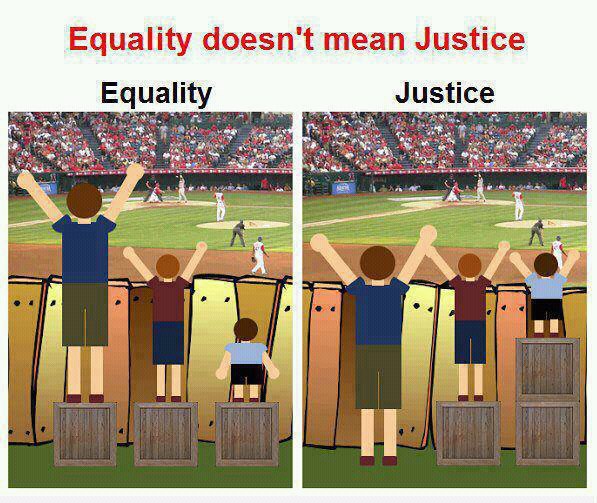Today a judge will consider whether the Department of Work and Pensions carried out a fair consultation when it decided that only people who could walk less than 20 metres would get the full amount of help for mobility.
Where with Disability Living Allowance (DLA) claimants had to be able to walk less than 50 metres to qualify for the higher rate, under Personal Independence Payments (PIP) the cut-off will be just 20 metres. People who fall between those two distances will receive the lower rate of £21.55 a week instead of the higher rate of £56.75. As a result they will no longer qualify to lease a car from the Motability scheme and if they currently have one it will be taken away. Other things that may be affected can include automatic entitlement to bus passes and local taxi or dial-a-ride schemes. The lower rate of £21.55 won’t stretch much beyond one taxi trip to see a doctor or hospital in many areas.
Although three people initially pursued a judicial review, two cases were put on hold and my case was continued as representative of the others. The judicial review will examine the consultation about PIP that took place in early 2012 and the second consultation that focused on just the mobility component which took place in late 2013.
The main case is that the first consultation did not address the change to 20 metres while, by the time it got to the second consultation it was too late because there was no realistic possibility of change. The rest of the scheme had already been put in place and so money had already been allocated elsewhere.
In response to the second consultation the DWP unexpectedly claimed that the budget that in the past helped people with physical disabilities to get out and mobile had been reallocated to help people with learning disabilities and mental health problems. This pitting of one impairment against another is fundamentally unfair.. Rather than address inequality by bringing everyone up to the same mobility level, they have chosen to help one group by seriously disadvantaging another. It would seem that the government has seen the word equality but has not understood what it really means. If they had told us what was in their minds when they were consulting we might have had a chance to put them right.

The judicial review will be heard at the Adminstrative Court in Bull Street, Birmingham starting at 13:00 today and all day tomorrow. We don’t yet know when we will hear the results. There will be a vigil outside the courts in Bull Street, Birmingham today at 13:00 which supporters may wish to attend. Please spread the word and tell your friends to look out for this story in the news.
This news report from Sky News last year includes an interview with me about the impact of the changes.
Related blog posts
PIP 20 metre rule consultation response: “We’re not listening.”
Victory! DWP to launch PIP mobility consultation
PIP Judicial Review given the go ahead
Announcement: legal action against the DWP over the #PIP consultation
If you can only walk twenty metres you’ll get no help
Replacement of disability living allowance headline news for hours
Two weeks until PIP Judicial Review – 20 metre limit in the dock


Good Luck Stephen will be following with great interest as this will affect me when pip rolls out in my area, can I ask how you went about getting your legal representation as I now need a solicitor for initial legal advice as to whether I have a case regarding discrimination using the MM and DM MH Case.
Hi Leon, try Public Law Solicitors, Karen Ashton - google them; they’re in Birmingham, but they don’t have to be local to you. Or try Chris Fry at Unity Law - again, google them :). I’ve put people in touch with solicitors before but you can approach them direct!
Thank you Jane will contact them in morning for advice, not sure if you have read my blog but it is a disgusting set of events, anyway besides the lost benefits what I really want is a discrimination declaration of disability so that dwp will not discriminate again as I know there is a PIP Migration to come
Eh, the three spectators picture done that way just encourages people to think of a faulty definition of equality, which is problematic to the disability community. If people think of equality in those terms, while being socialised to see equality as good, you get more of the problematic responses.
The point is to get across that equal treatment is not equality. It applies particularly to disability, but also to other areas.
In any case, good luck! 🙂